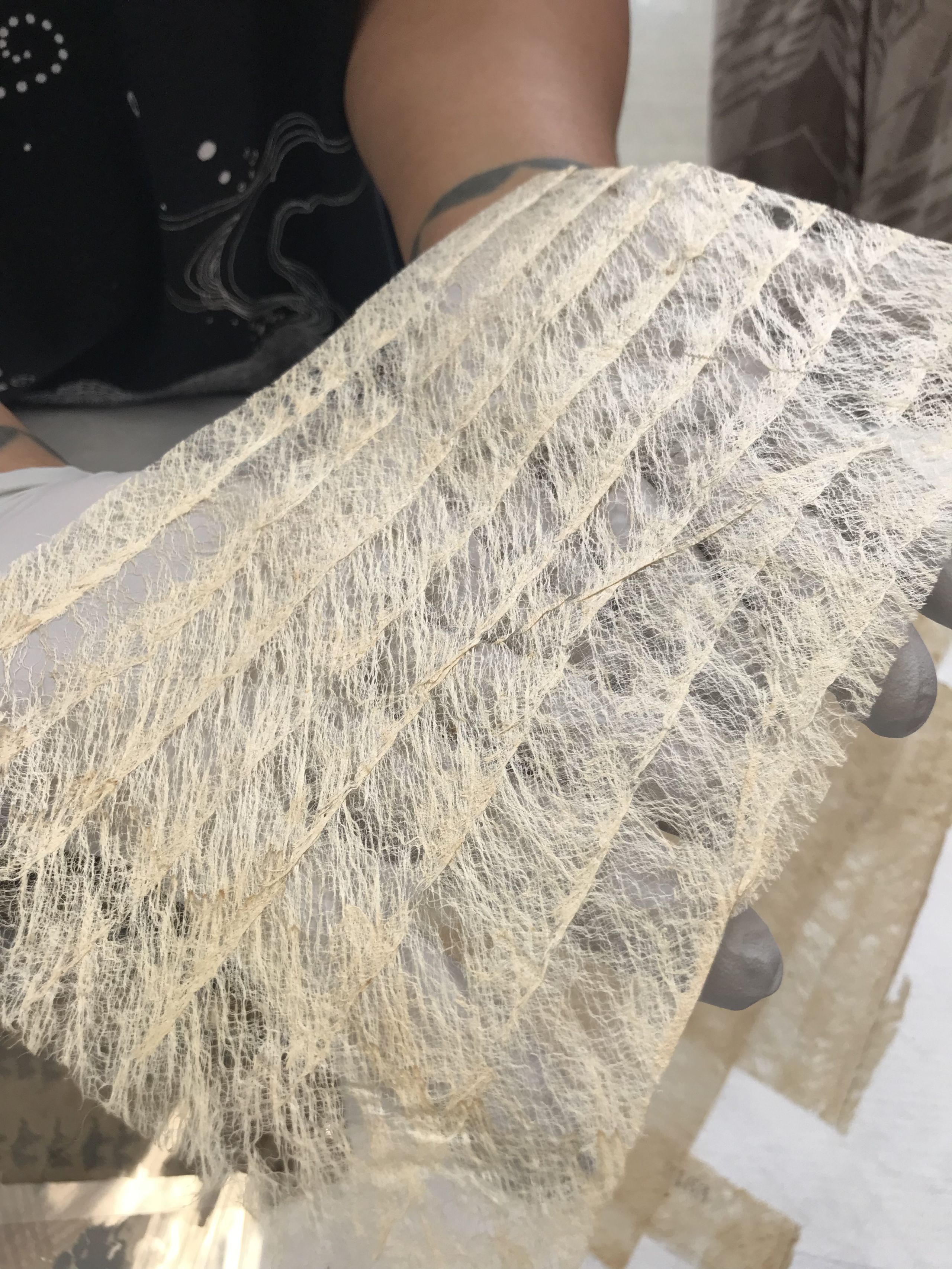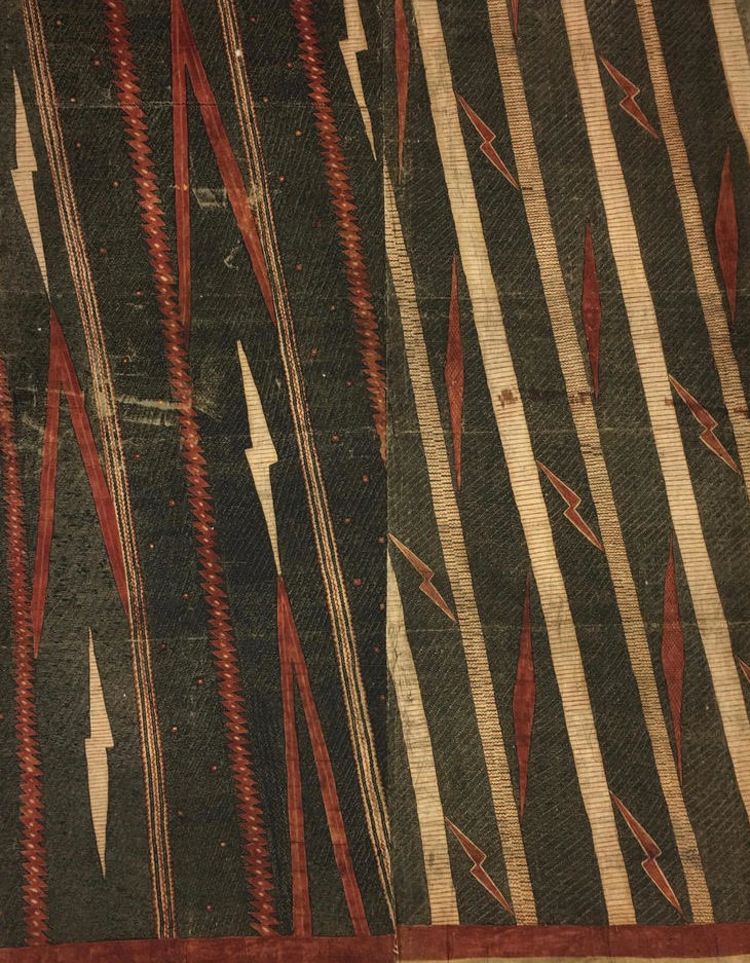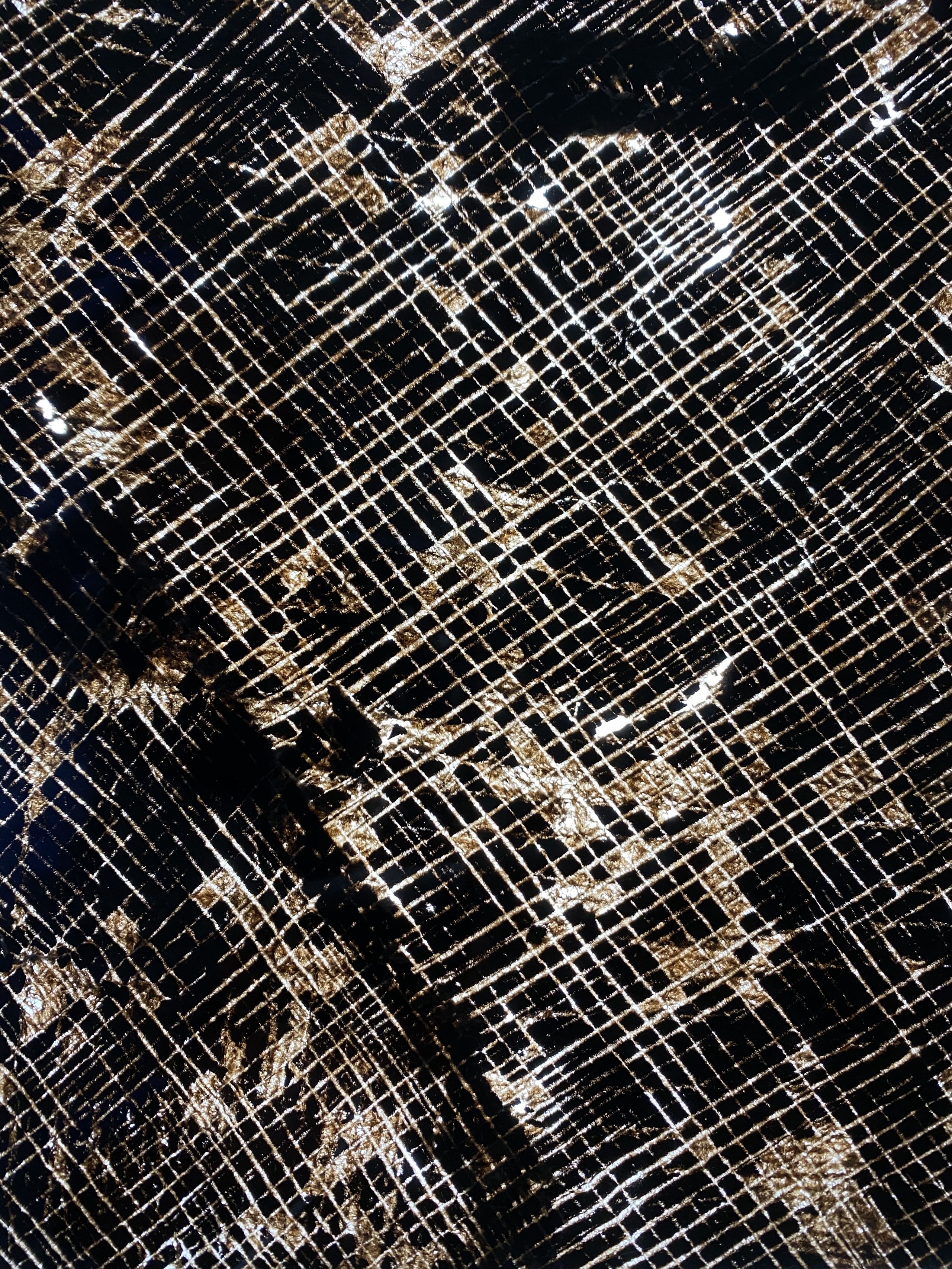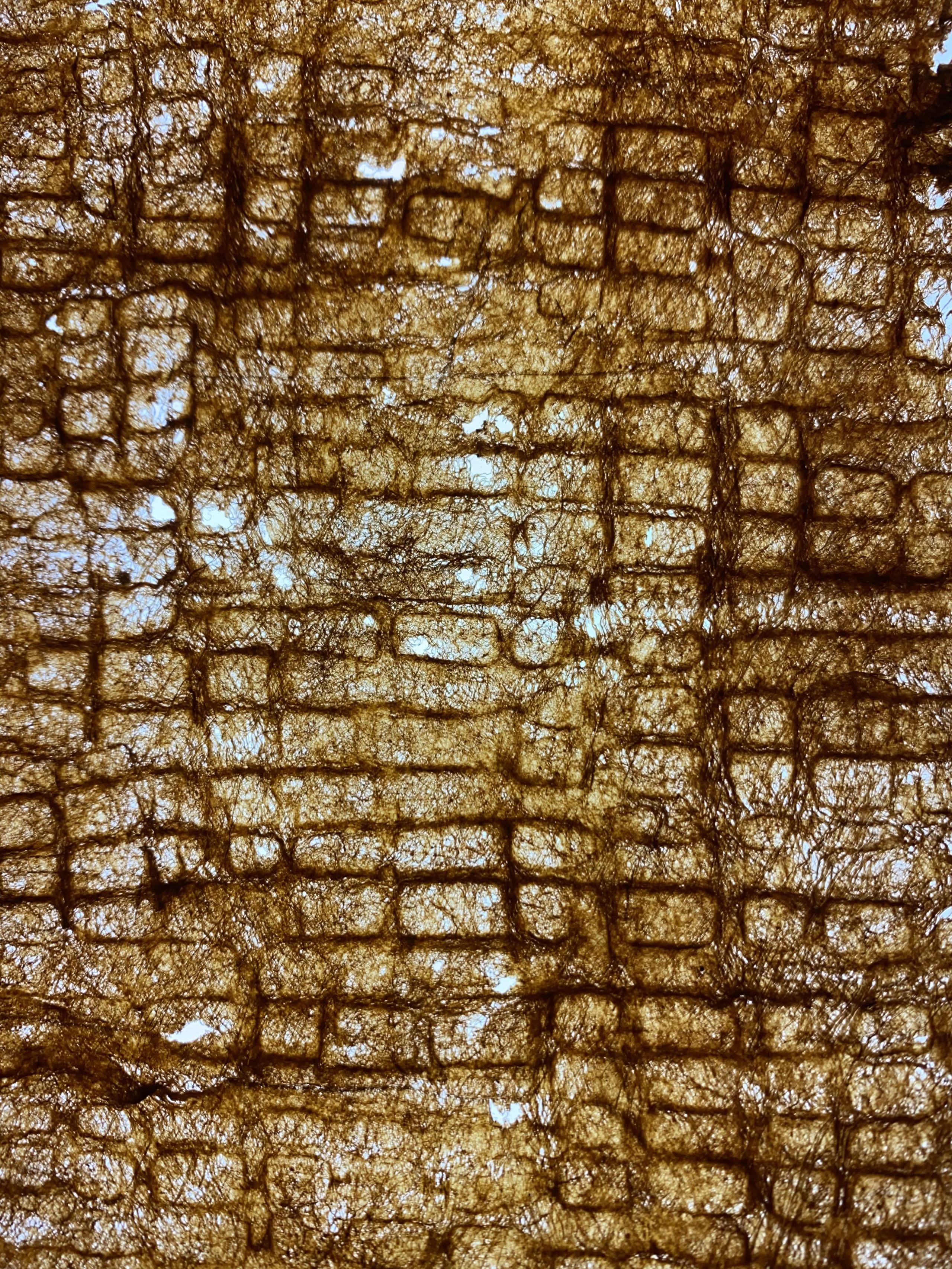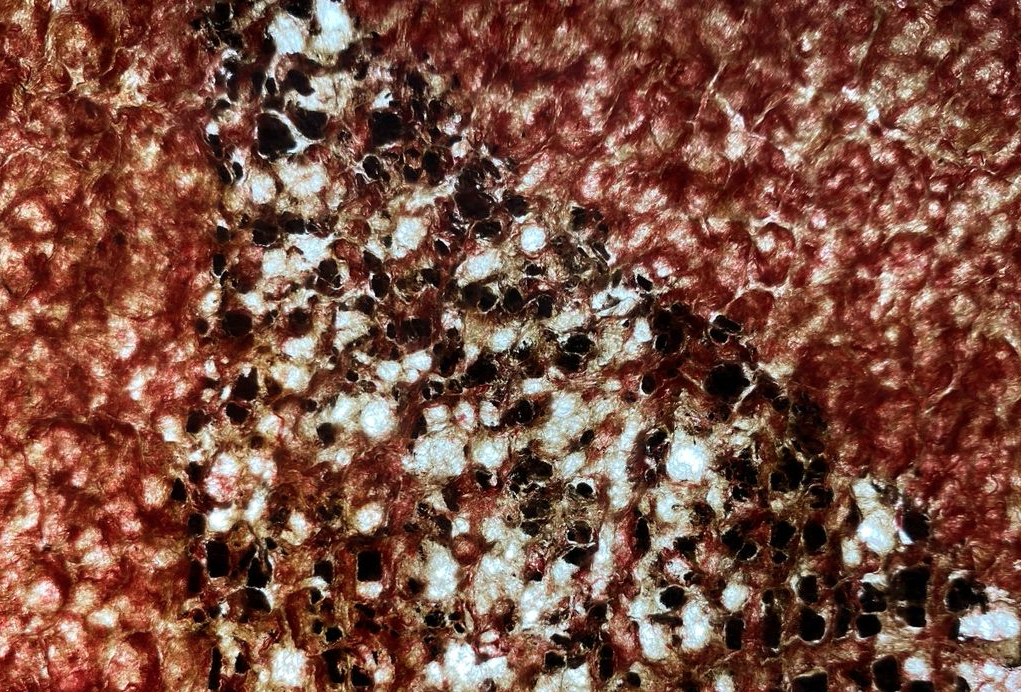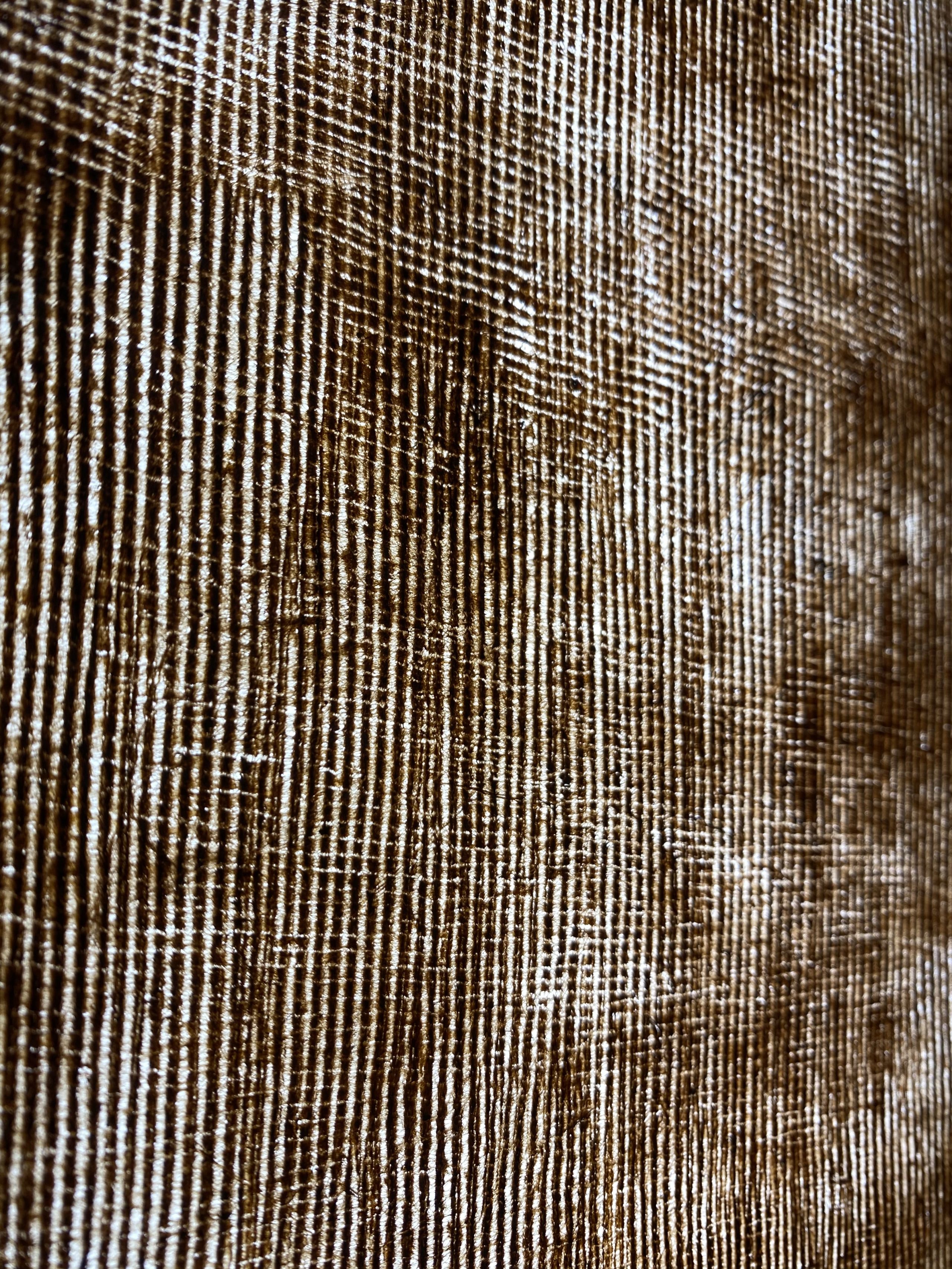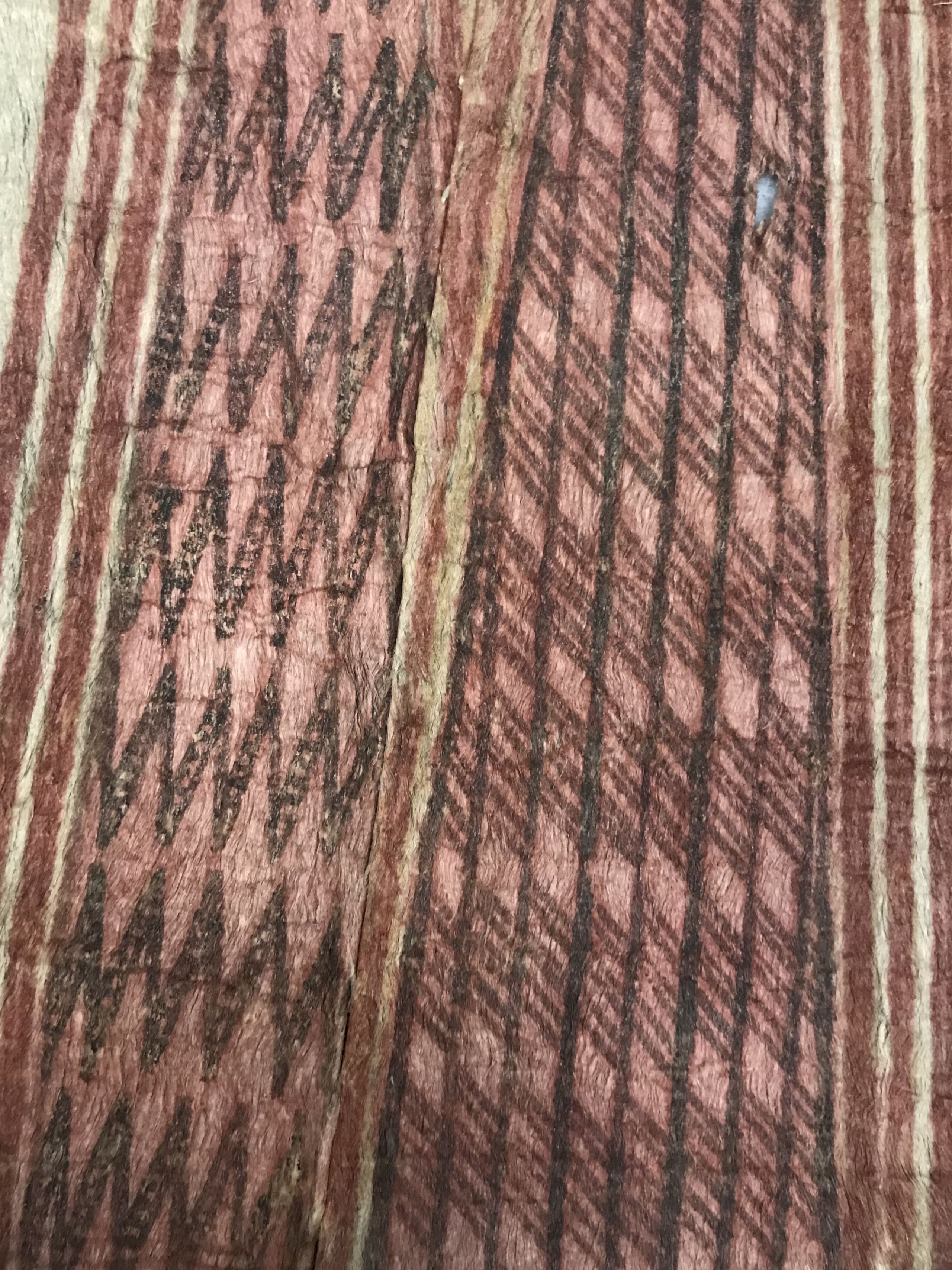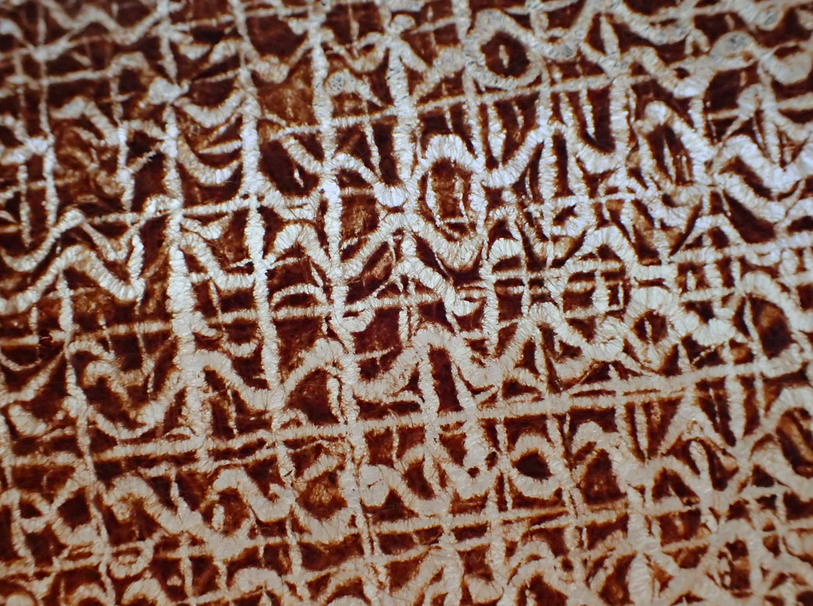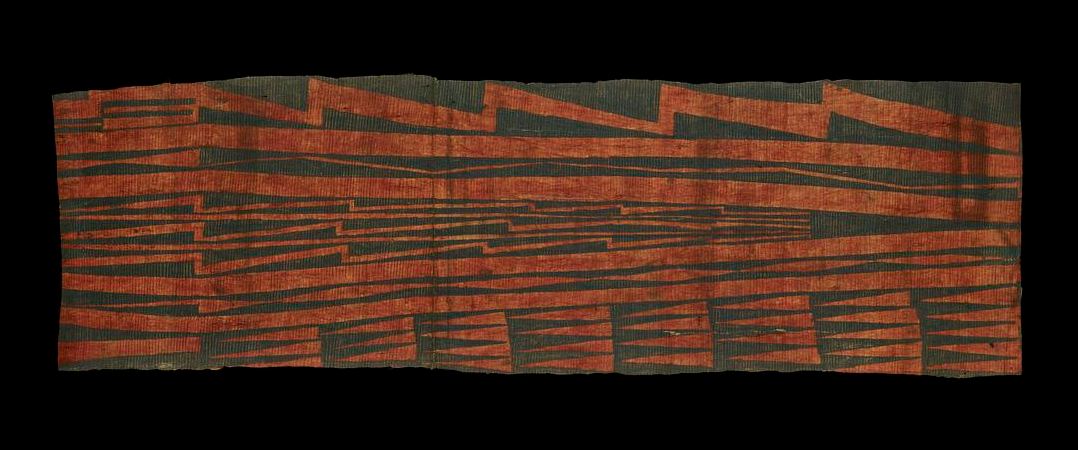Moʻolelo Kapa
Stories Read Aloud
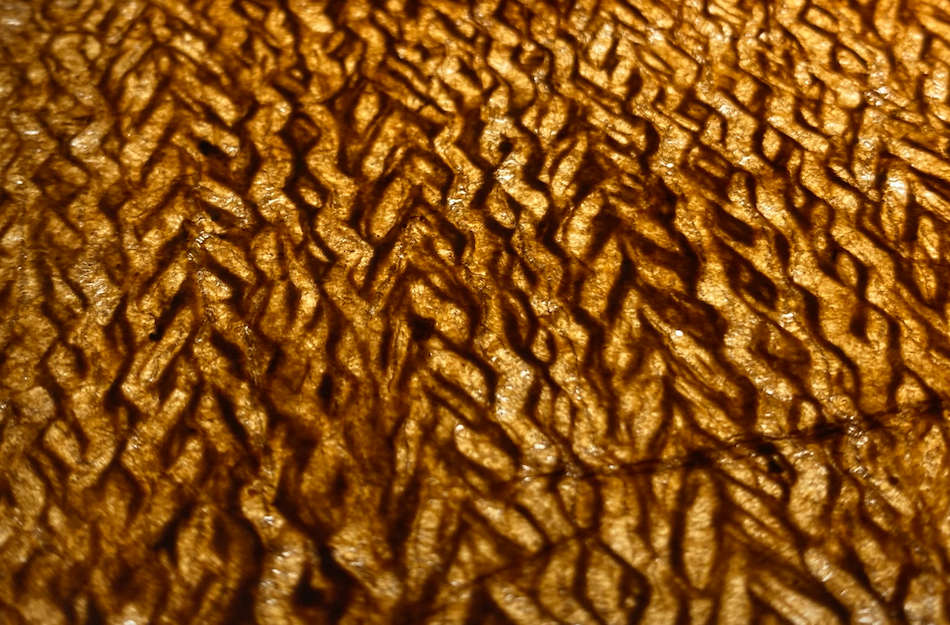
The art of kapa making is one our kūpuna took to unbelievable heights. The variety of cloth they made is stunning and ranges from fine lace to thick canvas and every imaginable weight and texture in between.
Fine lace kapa at the Bishop Museum.
Fine lace kapa at the Bishop Museum.
Kapa was central to our ancestors' lives, welcoming newborns into the world at birth and shrouding people's bodies in death. At all points in between, kapa had myriad uses from practical to ceremonial. As an art form, we still struggle to grasp many of the techniques they developed to achieve the mind-blowing pieces we see in collections around the world today.
Kapa at the National Museum of Scotland.
Kapa at the National Museum of Scotland.
At Kealopiko, we have been diving in and getting acquainted with the variety of tools, cloths, textures, designs, and colors our kūpuna produced from the natural world around them. Collections like those at the Bernice Pauahi Bishop Museum have been an incredible source of inspiration for us.
*Tap on an image below for gallery view. Images by Jamie Makasobe.
Gallery pics: Jamie Makasobe. Private collection.
Gallery pics: Jamie Makasobe. Private collection.
The stories of our kūpuna contain all sorts of information about kapa. We curated a selection of their writings and read them aloud to bring them new life. They speak to kapa's origins, how it was worn and used by our kūpuna, and the beauty and value it had for them.
In some of the stories, kapa is the central theme, while in others it is just a brief mention that gives us a fun reason to have a peek into a larger moʻolelo. All of them tell us about the role of kapa in Hawaiian society at various points in time.
*Mahalo to Robyn Kneubuhl for the music.
E nanea mai ka pepeiao i ka hoʻolohe!
Moʻolelo 1: Kamakau, Fornander and The Origins of Kapa
These two stories from Samuel Kamakau and Abraham Fornander teach us about Maikohā, the ancestor whose body became the wauke plant. Was Maikohā female or male? These stories give two different answers to that question.
Moʻolelo 2: He Moʻolelo No Kānewailani
The passage chosen from this endlessly fascinating story by J.H. Kānepuʻu furnishes the best description we have found to date on how and when kapa was worn, at least in one extended family and small farming community.
He KEU a ka hoihoi!
Moʻolelo 3: Pīkoiakaʻalalā
From stories of place names to place-specific kapa names, Pīkoiakaʻalalā is packed with good stuff. This passage begins when Pīkoiakaʻalalā and his wahine are on Kauaʻi to seek the help of Kāhili, the father of Puapualenalena, the only one who can recover Kihapū, the magic conch, and bring peace to Hawaiʻi Island chief Keawenuiaʻumi. What do they use to entice Kāhili and his ʻohana to help them? Hawaiʻi Island's finest kinds of kapa, of course.
Moʻolelo 4: Kamakau on Kapa Moe
In this short clip, we share the process Kamakau documented for making pākea, the plain white sheets that make up the bulk of the kapa moe. This multi step process includes stripping, peeling, soaking in seawater, stacking (hoʻomoʻomoʻo) and pounding wauke together, drying (to produce moʻomoʻo), re-wetting and retting, pounding again, drying once more and an extensive "finishing" process to make the kapa somewhat impervious to water. Science in action!
Moʻolelo 5: Lonoikamakahiki
This famous Hawaiʻi Island chief decides to travel to the islands he hasn't seen, but one person in his circle thinks it's a bad idea. The chief decides to go anyway, and packs his kapa and other supplies in a special gourd. His wahine is torn about going. Does she jump aboard in the end? E hoʻolohe mai nō.
Moʻolelo 6: No Ke Kapa
Our last piece compares two newspaper accounts. The first is from 1858 and is one of the oldest writings on the kapa process in the nūpepa. The author, however, makes some claims that Kamakau counteracts when he begins writing in the 1860s. We know that not all knowledge is taught in one school and these differing accounts are a perfect example of that Let us all be open to the many schools of thought that exist, for all of them hold their own special value. E ola ka lima noʻeau o ka loea!
Kapa at the Bishop Museum bearing designs made with lapa, or bamboo forks and straight edges.
Kapa at the Bishop Museum bearing designs made with lapa, or bamboo forks and straight edges.
Translucent kapa at the Bishop Museum.
Translucent kapa at the Bishop Museum.

